Richmond Bayway: Coming Soon to a Shoreline Near You!

Who will you meet?
Cities are innovating, companies are pivoting, and start-ups are growing. Like you, every urban practitioner has a remarkable story of insight and challenge from the past year.
Meet these peers and discuss the future of cities in the new Meeting of the Minds Executive Cohort Program. Replace boring virtual summits with facilitated, online, small-group discussions where you can make real connections with extraordinary, like-minded people.
For lots of good reasons, Meeting of the Minds 2015 was held in what we consider the future urban core of the City of Richmond – Craneway Pavilion at Ford Point. This was the center of the inspiring World War Two Kaiser Shipyards, a National Historic sitting prominently along the San Francisco Bay shoreline. Today it has the potential to emerge as the urban cultural heart of a city that could finally seek to expand its presence to 32 miles of largely untapped, inaccessible industrial shoreline. The only problem is that Craneway Pavilion sits on one of the few shoreline sites not subject to both tidal flooding and seismic liquefaction in the coming years. Hard to build a new city center on that!
Incremental / Instantaneous
Richmond is a city that is getting a lot better at getting things done. But just like everywhere, pressing problems have to come first. When there is federal or state money to be had, when there is a major new player that might come to town, when things fall down or people are in immediate danger, that’s where immediate resources will obviously go. So how to propose solutions to incremental problems like sea level rise or instantaneous problems like earthquakes when they might not happen for years or even decades. And how would you plan for both simultaneously? Problem is…we have to.
Flabby Foundation
Sea level rise is becoming a hot topic all around the world – highlighted by efforts to recover from Hurricane Katrina in New Orleans and Hurricane Sandy in New York and New Jersey. It seems like it takes a catastrophe to sharpen our distractible focus on what’s happening incrementally. California has not yet had its catastrophe, which when it comes, may be more seismic than storm-related. If you look at the shoreline of San Francisco Bay you will find vast areas that used to be tidal marsh that were filled to create convenient flat expanses easily developed for railroads, highways, smokestack industry, cheap tilt-up construction of various description, and lots of parking and trucking facilities. These vast shoreline fills were not done to any great standard in terms of height above sea level or stability. So in the future we can expect major disruption to key production and infrastructure in many cities around the bay, not to mention around the entire Pacific Rim.
It’s a scary story
But it’s also happening at some unknowable point in the future. Cities are always focused on the problem at hand because they have limited resources. It’s hard to find the time to consider the situation in the year 2100 when other immediate problems are always more pressing. But it’s also more than that. If you survey the field of sea level rise initiatives, they tend to focus on defensive measures – some very high tech, some very soft and organic. But it’s about how to prevent something bad from happening. It’s a worthy goal…but in some ways hard to get excited about it – the fact of something not happening.
Debbie Downer
It was a key point raised by sustainability guru, Bill McDonough at the recent 50th birthday event of the BCDC (Bay Conservation and Development Commission) “Sink or Swim” last September. http://friendsofbcdc.org The question was, how can something positive and beneficial emerge from solutions to sea level rise…not to mention the other related issues mentioned above? And it’s fair to say there weren’t any obvious answers in that moment. Instead the discussion focused on what it would take to get people to pay attention, to devote resources and funding to a problem that hasn’t really happened yet.
Mañana
This problem of focus will continue until one of two things happens – either we wait for a catastrophe that does motivate us, or we start looking at a larger problem of how shoreline cities could actually plan a better future working with the fact of sea level rise, along with a host of other urban imperatives, rather than against them. That’s the premise of Richmond Bayway. The presentation at Meeting of the Minds summarized some of those risks and possibilities.
Richmond Bayway, what is it?
This is a proposal is to incrementally create of a new topography for the shoreline that uses the timeless medium of the earth itself to elevate and stabilize areas for urban growth on one hand, as well as vast new areas of shoreline open space and tidal marsh on the other. A new balance of cultural and natural systems. It’s about a chance to recover the shoreline environment Europeans found when the first came here, teeming with life and fertility, with flocks of birds so large they blackened the sky overhead. It’s also about creating a great urban threshold to the bay and the region right next door to the site of this year’s meeting.
Who would benefit?
With much of its current tax base facing flooding and destabilization by 2100, Richmond needs to plan a new future on solid ground not only physically but economically. Smokestack industry along the shoreline, which has supported the city through the 20th century, will need to give way to business that is cleaner, greener, and denser in terms of footprint as well as jobs. The Bayway is conceived as a stable foundation for enterprise that takes best advantage of Richmond’s shoreline infrastructure – deep water port, interstate highways, freight and passenger rail.
Quality of life
Once air, soil, and water pollution of smokestack industry like the colossal Chevron refinery have departed the scene, the shoreline will become healthier, more available for people to use and enjoy, and a vast amenity for both existing and new neighborhoods. Finally the marketing leverage of such a resource will become real. The Bayway proposes a new shoreline and open space connector that can organize all the enterprise as well as all the open space and ecological renewal that can expand and develop Richmond’s full potential.
More…
To learn the details about this story please visit the project publication at: http://tomleader.com/issue3D/richmondbayway/index.html
The Richmond Bayway presentation has stimulated new discussions and possibilities in the local press: http://bit.ly/1RgACPy New connections have been made with the San Francisco Estuary Institute and their recently announced seminal work, Bayland Goals: http://baylandsgoals.org/ Further, we look forward to the coming Resiliency Challenge, a design competition focused on the relation between sea level rise solutions and urban planning in the Bay Area: http://www.sf planning.org/index.aspx?page=4282
Discussion
Leave your comment below, or reply to others.
Please note that this comment section is for thoughtful, on-topic discussions. Admin approval is required for all comments. Your comment may be edited if it contains grammatical errors. Low effort, self-promotional, or impolite comments will be deleted.
Read more from MeetingoftheMinds.org
Spotlighting innovations in urban sustainability and connected technology
Middle-Mile Networks: The Middleman of Internet Connectivity
The development of public, open-access middle mile infrastructure can expand internet networks closer to unserved and underserved communities while offering equal opportunity for ISPs to link cost effectively to last mile infrastructure. This strategy would connect more Americans to high-speed internet while also driving down prices by increasing competition among local ISPs.
In addition to potentially helping narrow the digital divide, middle mile infrastructure would also provide backup options for networks if one connection pathway fails, and it would help support regional economic development by connecting businesses.
Wildfire Risk Reduction: Connecting the Dots
One of the most visceral manifestations of the combined problems of urbanization and climate change are the enormous wildfires that engulf areas of the American West. Fire behavior itself is now changing. Over 120 years of well-intentioned fire suppression have created huge reserves of fuel which, when combined with warmer temperatures and drought-dried landscapes, create unstoppable fires that spread with extreme speed, jump fire-breaks, level entire towns, take lives and destroy hundreds of thousands of acres, even in landscapes that are conditioned to employ fire as part of their reproductive cycle.
ARISE-US recently held a very successful symposium, “Wildfire Risk Reduction – Connecting the Dots” for wildfire stakeholders – insurers, US Forest Service, engineers, fire awareness NGOs and others – to discuss the issues and their possible solutions. This article sets out some of the major points to emerge.
Innovating Our Way Out of Crisis
Whether deep freezes in Texas, wildfires in California, hurricanes along the Gulf Coast, or any other calamity, our innovations today will build the reliable, resilient, equitable, and prosperous grid tomorrow. Innovation, in short, combines the dream of what’s possible with the pragmatism of what’s practical. That’s the big-idea, hard-reality approach that helped transform Texas into the world’s energy powerhouse — from oil and gas to zero-emissions wind, sun, and, soon, geothermal.
It’s time to make the production and consumption of energy faster, smarter, cleaner, more resilient, and more efficient. Business leaders, political leaders, the energy sector, and savvy citizens have the power to put investment and practices in place that support a robust energy innovation ecosystem. So, saddle up.


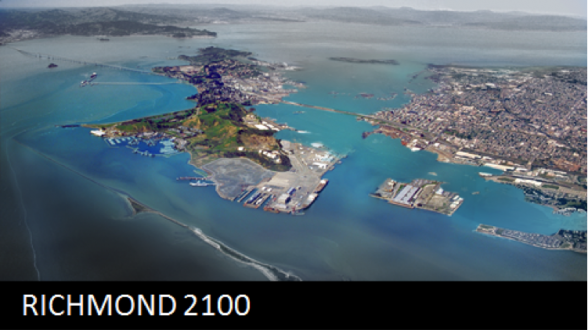
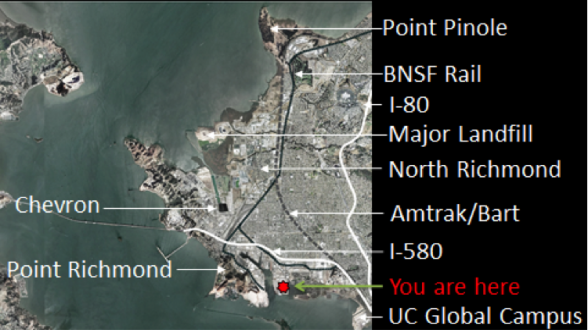
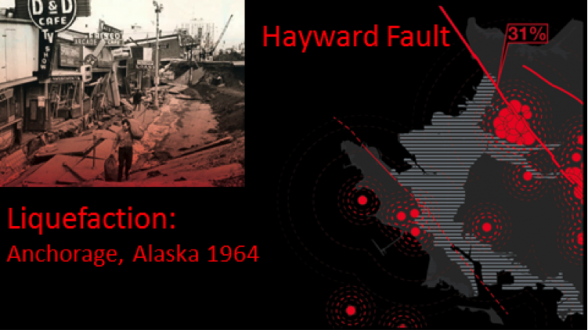
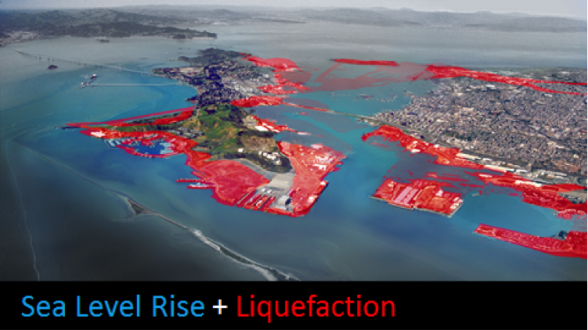
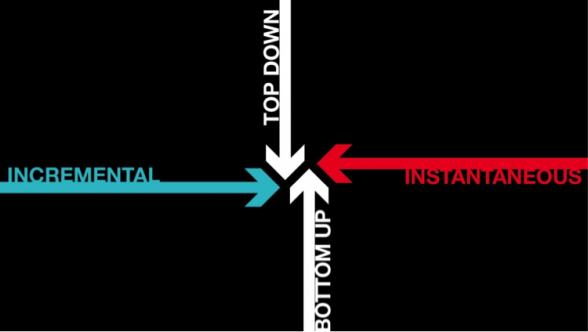
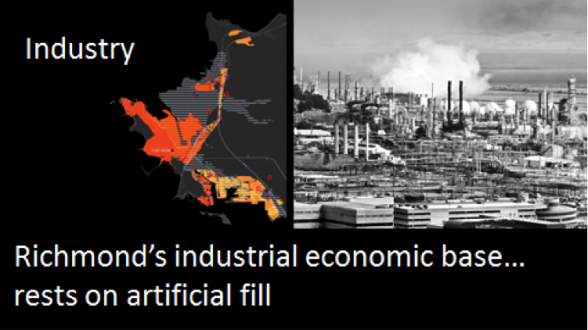
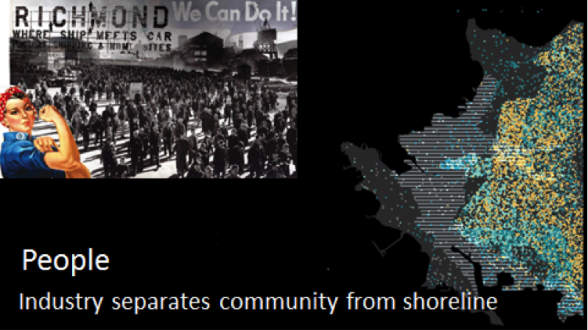
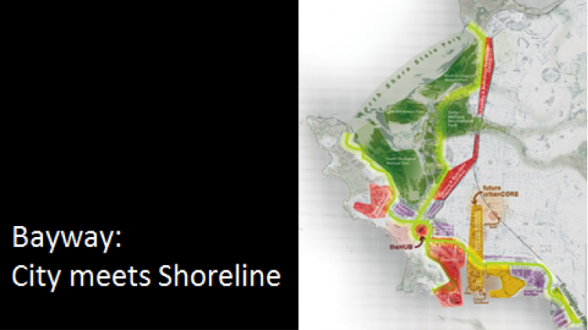
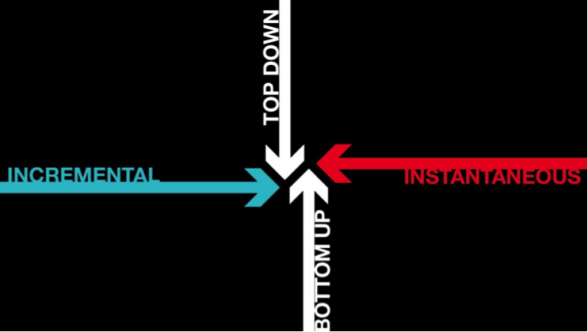
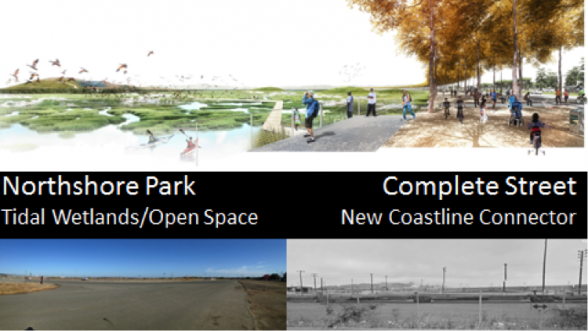
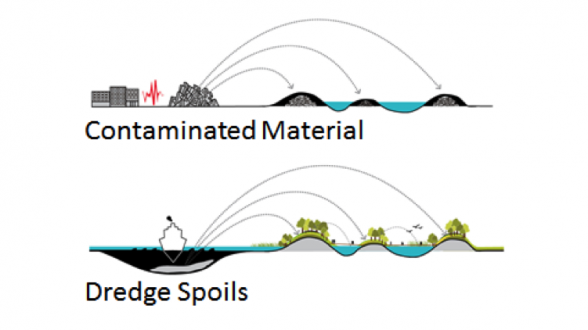
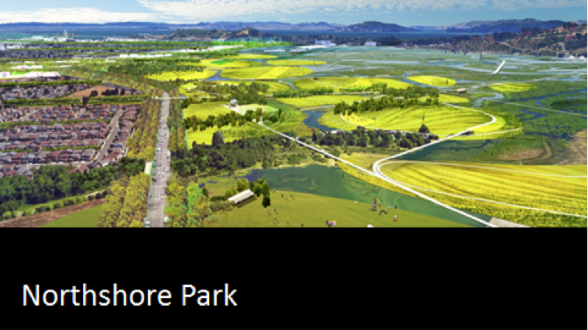
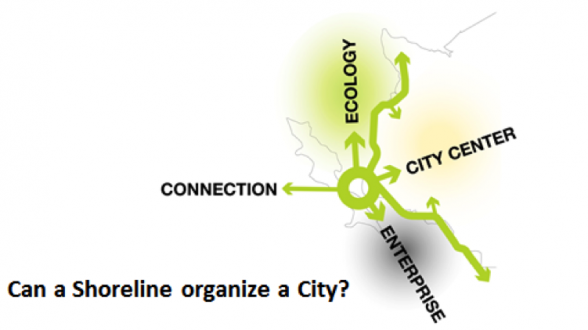
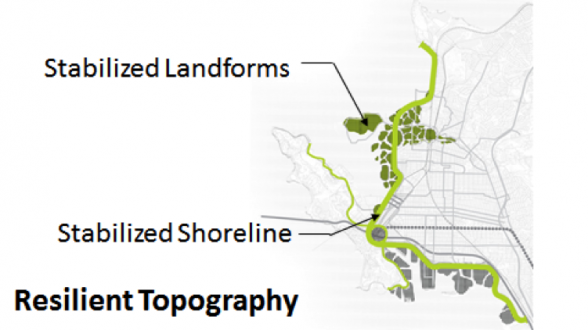

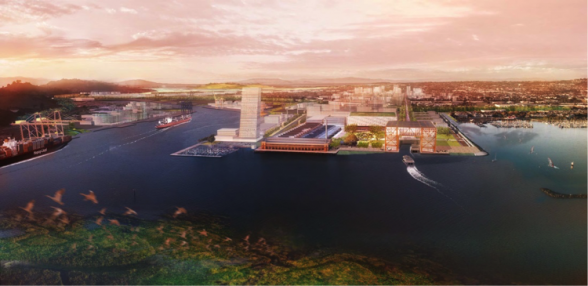
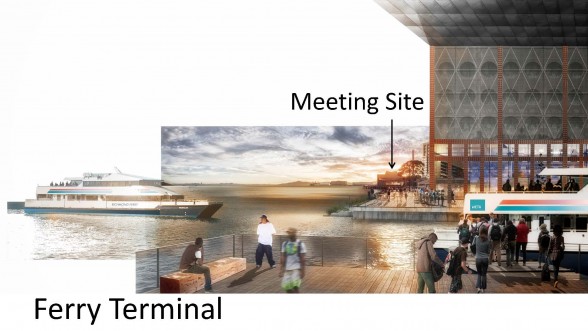





0 Comments